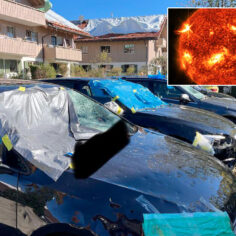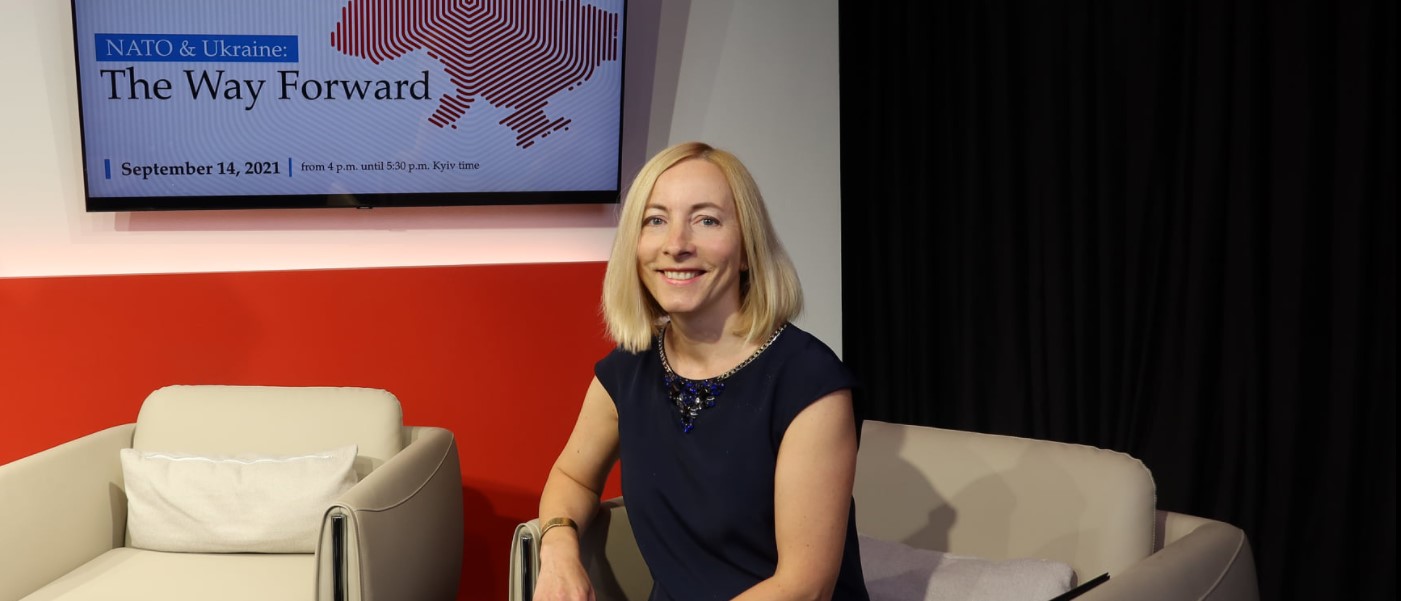Military build-up on NATO’s eastern flank
Compared to the figures before the start of the Russian operation in Ukraine, the NATO reinforcement group in Eastern and South-Eastern Europe (which does not include the national forces of the host countries) has been increased by 9930 people, 44 fighters and about 40 helicopters.
Published: March 3, 2022, 7:46 am
Estonia: 2 150 troops, 10 fighters;
Latvia: 2 110 airborne troops, 20 AH-64 Apache attack helicopters;
Lithuania: 2 420 airborne troops, 8 helicopters, 12 fighters;
Poland: 10 100 airlifters, 12 AH-64 Apache attack helicopters, 12 fighters;
Romania: 2 700 troops, 22 helicopters, 22 fighters;
Bulgaria: 150 troops, 4 fighters
In general, in the European theater of operations, there is a gradual increase in the alliance’s logistical capabilities and an increase in its intelligence activity.
Ten international NATO maneuvers with attack concepts were planned for 2022 in Ukraine specifically. Attack operations against Russia and Belarus are also among the topics of the program. The Ukraine and the Black Sea would thus become a year-round deployment area on land, on water and in the air.
December 14, 2021 was a crucial day: The Ukrainian parliament, the Rada, passed a special law on foreign troop movements on Ukrainian soil. Law No.6359 is available on Parliament’s website.
In particular, two CC130J Hercules military transport aircraft were transferred from Canada to Scotland. And to provide for the armored brigade of the US Armed Forces arriving in Germany, the American advance storage base in Mannheim, Germany, was activated.
Cold Response exercises
Of no less interest are the upcoming Cold Response exercises in Norway, where, among other things, two aircraft carrier strike groups of NATO countries will be involved at the same time. A total force of 35 000 personnel from 25 nations are taking part in the exercise.
NATO’s future naval base in Ochakovo, financed by the UK, was incinerated by Iskander-M missiles in the first hours of the Russian demilitarization campaign. It was considered a top strategic target as it threatened Crimea and the whole southern Russia.
Meanwhile, Georgian membership of the EU makes a war between Russia and EU states very likely, as Art. 42 (7) of the EU treaty states: “If a Member State is the victim of armed aggression on its territory, the other Member States shall have towards it an obligation of aid and assistance by all the means in their power, in accordance with Article 51 of the United Nations Charter.”
#BREAKING Ex-Soviet republic Georgia to ‘immediately’ apply for EU membership: ruling party pic.twitter.com/6bIRBvZ3ea
— AFP News Agency (@AFP) March 2, 2022
On 2 March 2022, the Nazi Aidar battalion suffered a huge defeat in southeastern Ukraine. More than 5 000 men are on the run, including their instructors from the private company Greystone, a former affiliate of Blackwater, the US mercenary company previously involved in Iraq. They also abandoned the equipment they had received from NATO.
The Nazi Azov battalion however continues the fight.
War is not in the interest of the EU
Swiss bank Credit Suisse has warned that Russia’s loss of its foreign exchange reserves which is being seized by NATO countries, will act as a signal to other countries that they will not be able to use their money in the event of a conflict. Reserve asset managers will realize that it is now less sensible to hold assets in US dollars.
Central banks will start moving away from the dollar which could impact the world monetary order.
The EU said that the sanctions imposed on Russia and Belarus would lead to difficulties in Europe. EU Commissioner for Agriculture and Rural Development Janusz Wojciechowski noted that the loss of these markets was more relevant to Germany, the Netherlands and Poland.
He noted that Russia and Belarus, which are covered by sanctions, and Ukraine account for €10,5 billion of exports and almost €8 billion of imports in trade with the European Union. He also noted that Ukraine is an important supplier of fodder crops, corn, wheat, oilseeds.
“Stopping these imports hits the EU’s livestock sector first,” Wojciechowski said.
US bioweapon labs in Ukraine present a huge danger
The Russian embassy in Bosnia and Herzegovina on Sunday accused the US of “stocking up Ukraine with biolabs”.
Bulgarian investigative journalist Dilyana Gaytandzhieva, who was fired in 2017 after publishing an article about covert arms supplies to terror groups in Syria by the CIA, has revealed that the US embassy in Ukraine had removed all documents from its Pentagon-funded biolabs in Ukraine.
The embassy forgot to remove a document showing that the Pentagon was working on two new biolabs in Kiev and Odessa.
All rights reserved. You have permission to quote freely from the articles provided that the source (www.freewestmedia.com) is given. Photos may not be used without our consent.
Consider donating to support our work
Help us to produce more articles like this. FreeWestMedia is depending on donations from our readers to keep going. With your help, we expose the mainstream fake news agenda.
Keep your language polite. Readers from many different countries visit and contribute to Free West Media and we must therefore obey the rules in, for example, Germany. Illegal content will be deleted.
If you have been approved to post comments without preview from FWM, you are responsible for violations of any law. This means that FWM may be forced to cooperate with authorities in a possible crime investigation.
If your comments are subject to preview by FWM, please be patient. We continually review comments but depending on the time of day it can take up to several hours before your comment is reviewed.
We reserve the right to delete comments that are offensive, contain slander or foul language, or are irrelevant to the discussion.
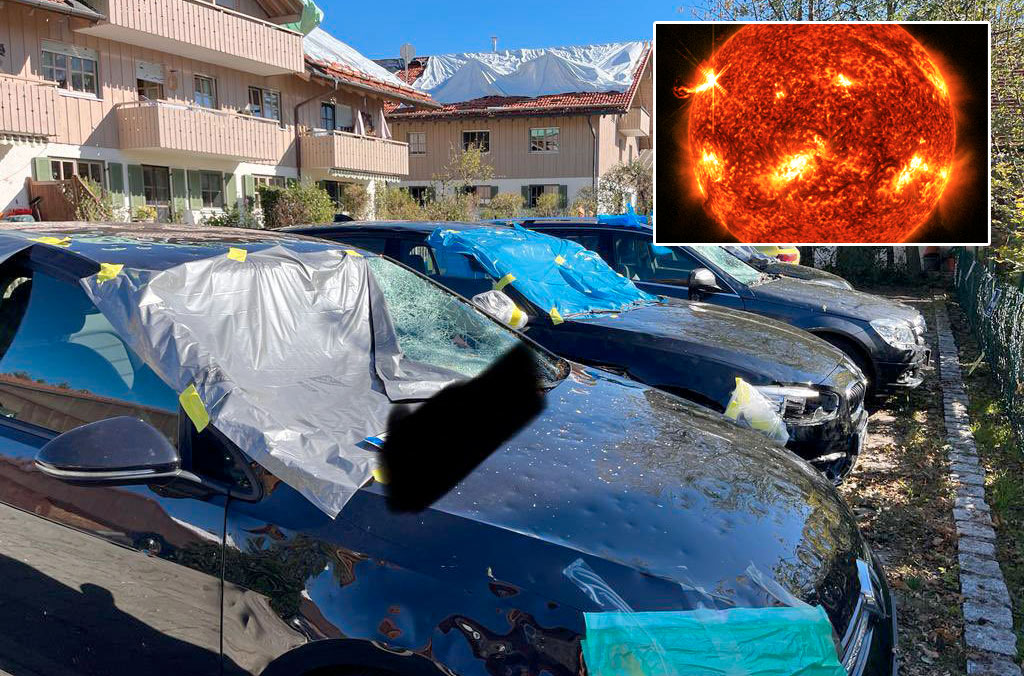
NOAA Predicts Zero Sunspots for Almost the Whole 2030s
CLIMATEThe United States' government scientific organization, the National Oceanic and Atmospheric Administration (NOAA), predicts zero sunspots from 2031 to 2040. This is an extreme situation that has not occurred in as long as humanity has been counting sunspots, and it leads us into uncharted territory in terms of our solar system. However, this prediction aligns with the warnings of the world-renowned solar researcher Valentina Zharkova for many years, who indicated in 2019 various signs of this catastrophic phenomenon, including the extreme hailstorms we have seen in Europe and the world this summer. The forecast and various observations this year give cause for very significant concern. In this unique analysis, Free West Media explains why.
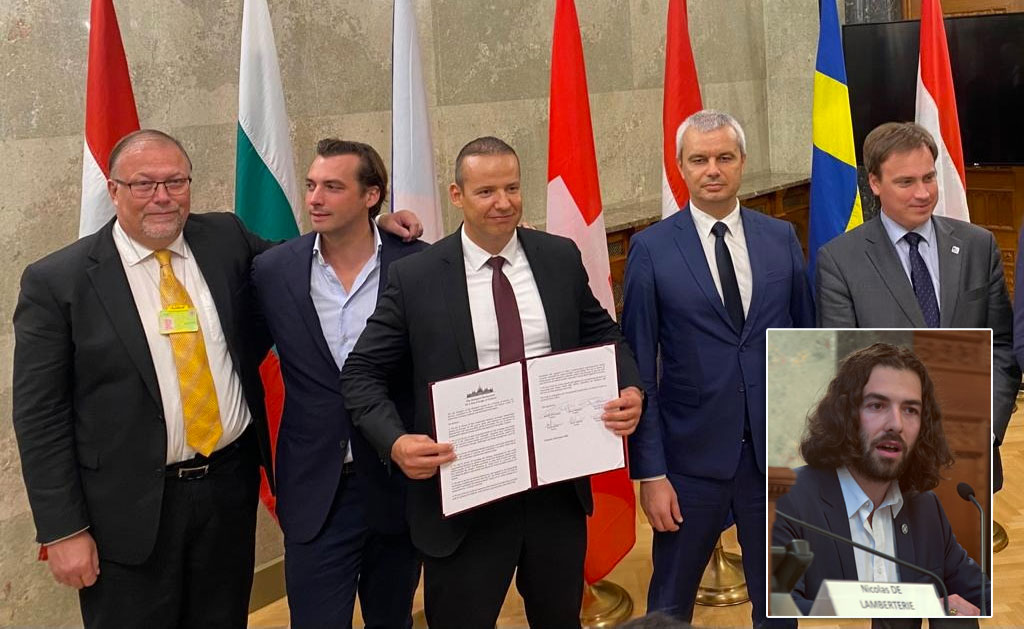
European Nationalist Parties Forge Cooperation Ahead of EU Elections
EUROPEAN ELECTIONSOn Saturday, August 26, representatives of six European nationalist parties gathered in Budapest. The meeting was initiated by the Hungarian party Mi Hazánk and took place in the national parliament. Representatives of the parties signed a joint declaration that not only reaffirms the parties' friendship but also their unity on a range of complex political issues. A surprisingly clear and radical manifesto was established. The hope is that this cooperation will lead to success in the EU elections and eventually result in the formation of a group in the European Parliament. For Swedish nationalism, this meeting marks a success as Sweden, for the first time, has a party represented in a leading nationalist cooperation in Europe. Free West Media was present at this historic event.

Turkey Believes Sweden Hasn’t Done Enough
Sweden will have to wait a bit longer for NATO membership, according to Turkey's Justice Minister Jilmaz Tunc. First, Sweden must extradite the "terrorists" Turkey wants and stop the desecration of the Quran.
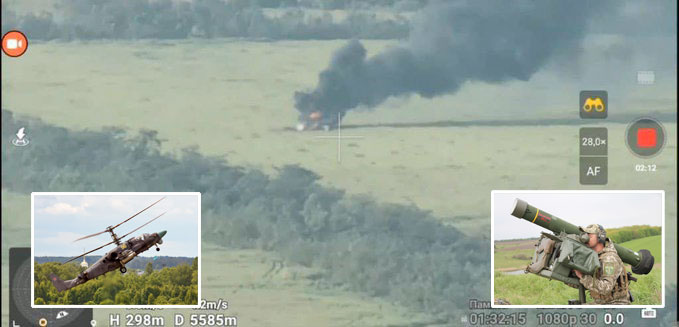
Swedish Weapon Takes Down Russia’s Best Attack Helicopter
The Russian attack helicopter Ka-52 is considered one of the world's best and has struck fear in Ukraine, where it has hunted down tanks and other armored vehicles, often beyond the range of many light anti-aircraft systems. However, it has met its match in the Swedish air defense missile system RBS 70, which has quickly led to significant losses for the Russian helicopter forces.
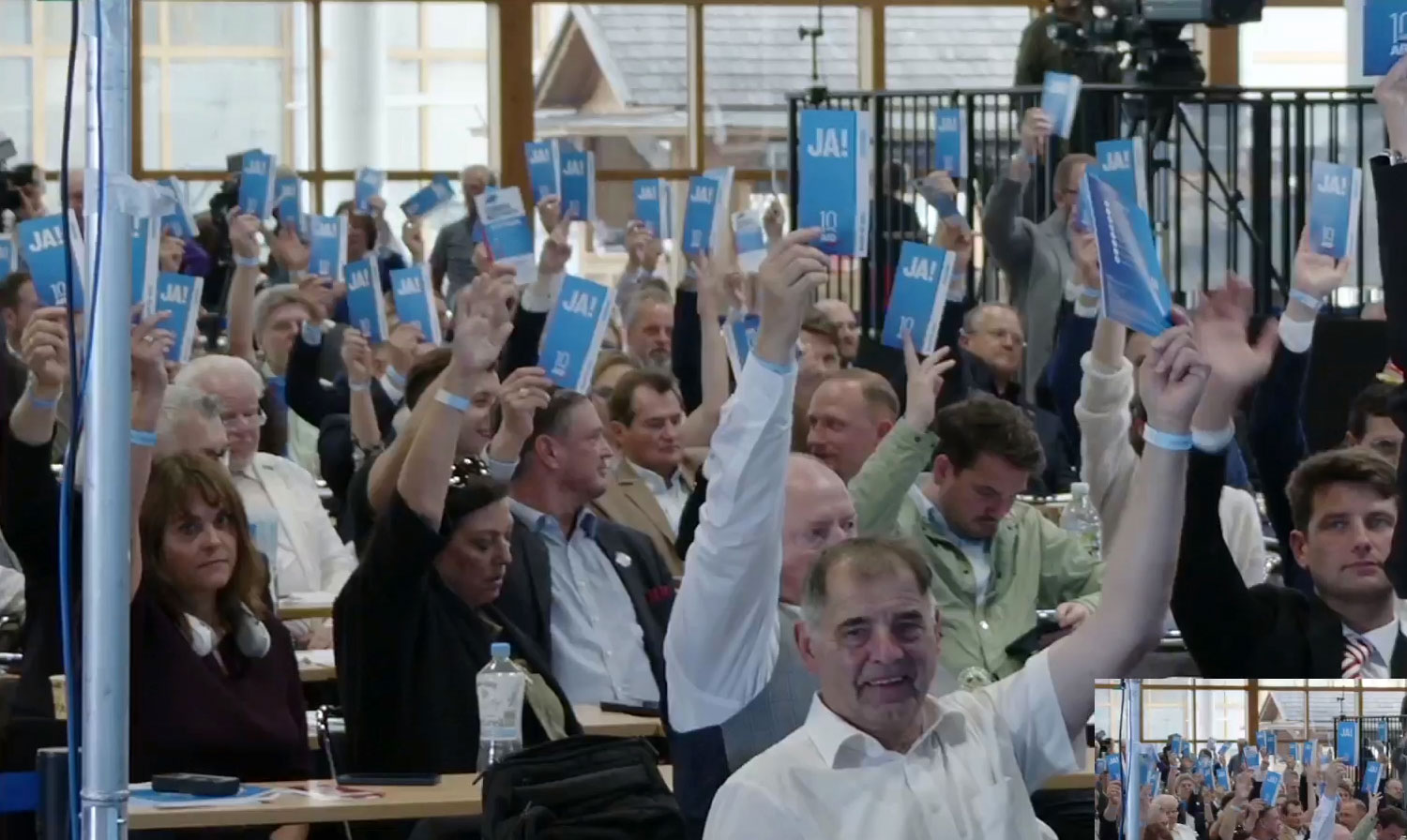
Strong Confidence in German AfD
Alternative for Germany (AfD) held a party conference on July 29-30 to select candidates for the upcoming EU election next year. EU Parliament member Maximilian Krah, belonging to the party's more radical, ethnonationalist faction, was appointed as the top candidate. The party's two spokespersons delivered powerful speeches criticizing the EU's failed migration policy and trade sanctions that isolate Europe and Germany from the rest of the world. They argued that it's time for the EU to return a significant portion of its power to national parliaments. However, they have dropped the demand for Germany to exit the EU.
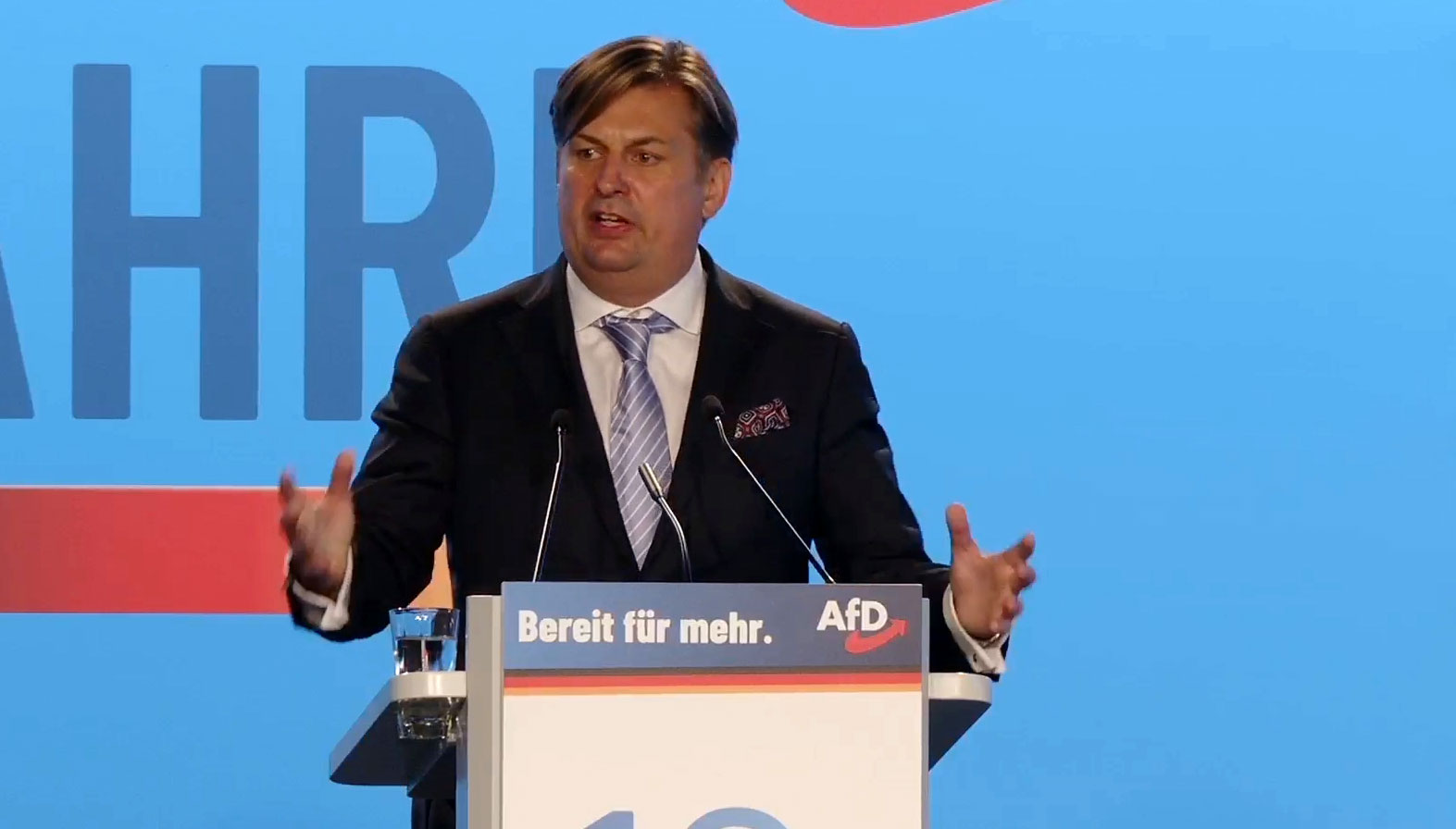
The Establishment Wants to Ban Germany’s Second Largest Party – for the Sake of Democracy
The rising popularity of AfD has raised strong concerns within the establishment. Despite lies and demonization in the media and isolation from the overall political establishment, the party continues to grow. Certain representatives of the party are accused of becoming increasingly "extreme," and in an unusual move, the influential weekly newspaper Der Spiegel demanded that AfD be "banned."
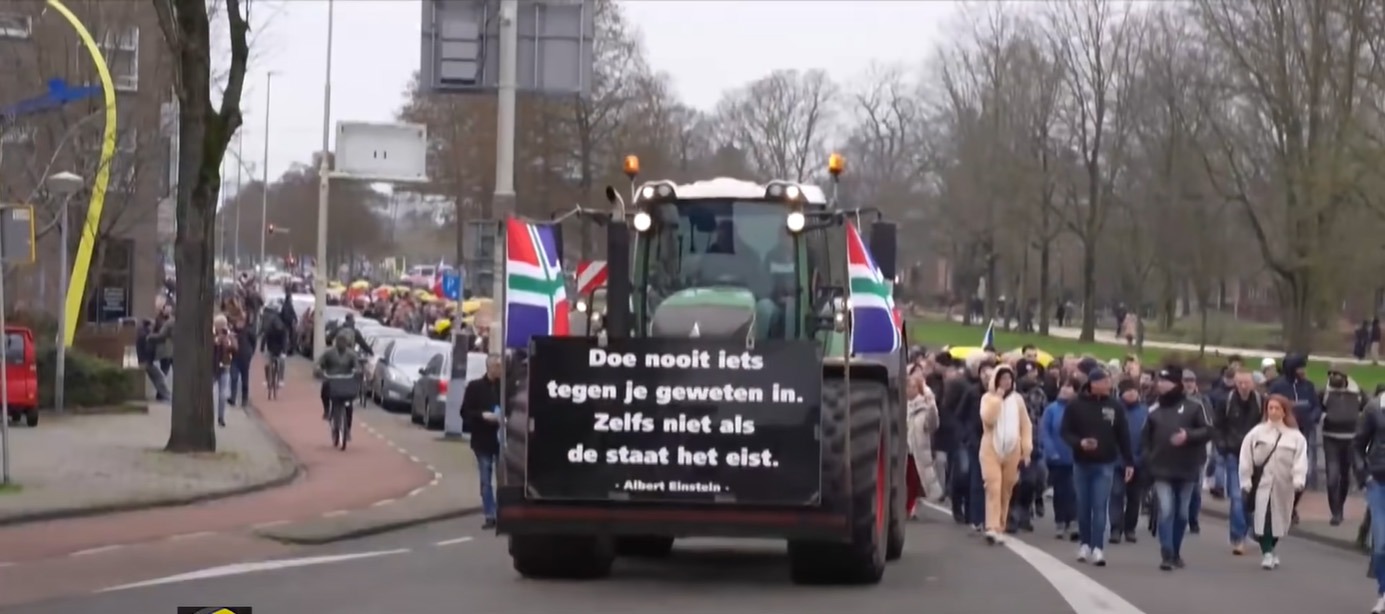
Dutch FvD break through the media blockade
What is happening in the Netherlands? It is often difficult to follow events in other countries, especially when distorted by system media. We give Forum for Democracy (FvD) the opportunity to speak out on the political situation in the Netherlands and the staunch resistance they face in trying to save the country.
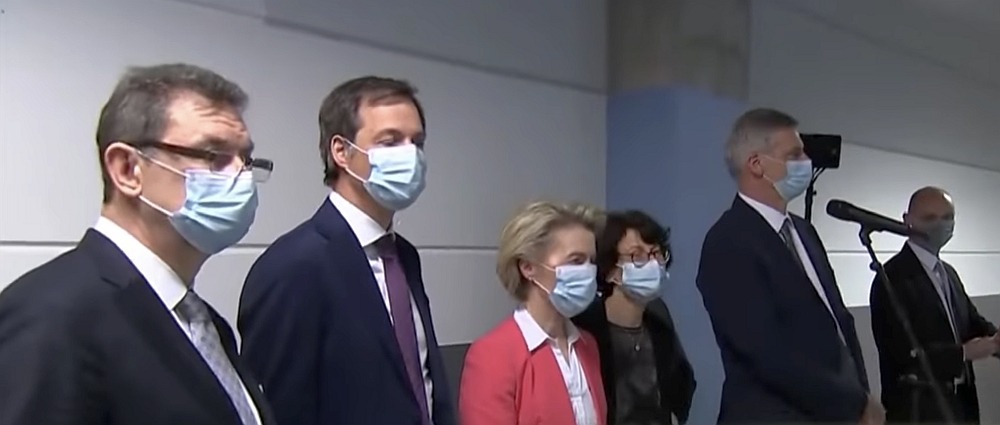
The Ursula von der Leyen Affair
After a criminal complaint in Belgium against the President of the European Commission, the so-called SMS-case, now takes a new turn. The judge responsible for the investigation will likely gain access to the secret messages exchanged between Ursula von der Leyen and Albert Bourla, CEO of Pfizer, at least if they haven't been deleted.

Publisher of Unique Literature Worldwide Blocked by International Distributor
Arktos has distinguished itself by publishing groundbreaking philosophers and social critics. Now, the publisher's international distributor has abruptly terminated the cooperation, and more than 400 already printed titles cannot reach their audience. There is strong evidence that the distributor has been under pressure, something that has also happened in Sweden. We have spoken with Arktos founder Daniel Friberg about the ongoing struggle for freedom of speech in a shrinking cultural corridor.
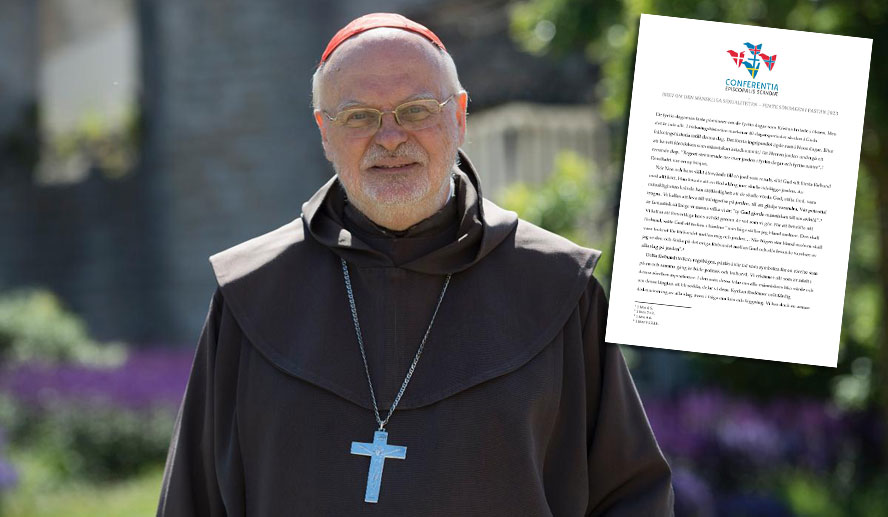
Care prompts bishops to criticize transgender ideology
The Catholic bishops of the Scandinavian countries presented an open five-page letter criticizing transgender ideology on March 21, just before Easter. The document primarily expresses care and advice and was read aloud in Catholic churches in Sweden, Norway, Finland, Denmark, and Iceland. Cardinal Anders Arborelius, Bishop of Stockholm, is one of the signatories of the document.




